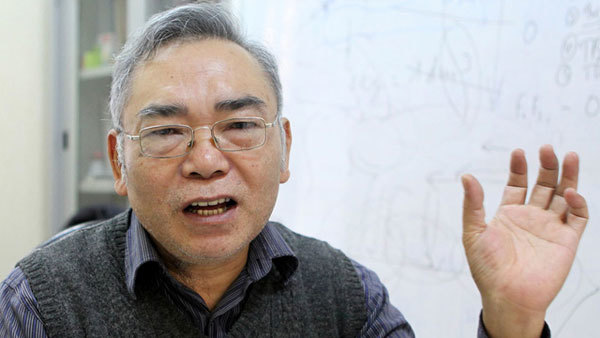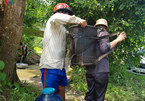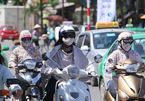For Vietnam, a country located in the tropical monsoon waters of Asia - Pacific, the concern about storms always exists.

Dr Phan Van Tan
Many questions are raised at the beginning of every year: will there be many typhoons this year? Where will the typhoons land? What is the intensity of the storm? The answers to the questions will be very useful for fishermen, aquaculture cooperatives, military and transport units to draw up their production and business plans.
Prof Dr Phan Van Tan and his co-workers from the Hanoi University of Natural Sciences to set to work on the modern seasonal storm forecasting model, the first of this kind in Vietnam’s meteorology and climate science.
|
Many questions are raised at the beginning of every year: will there be many typhoons this year? Where will the typhoons land? What is the intensity of the storm? The answers to the questions will be very useful for fishermen, aquaculture cooperatives, military and transport units to draw up their production and business plans. |
Implemented within three years with a very modest budget, just $180,000, mostly used for training and organizing workshops, the component project of the Ministry of Science & Technology’s FIRST project has given to Vietnam the opportunity to master and operate a seasonal forecasting model. Dr John McGregor, a respected expert in this field, transferred the model.
A seasonal forecasting model could not exist previously because of the lack of workforce, machines, and money.
Therefore, scientists could only make rough estimates about the number of typhoons and their strength by analyzing related information, such as ENSO (El Nino Southern Oscillation) which has a big impact on Vietnam’s meteorological and hydrological conditions.
During the year of installing new equipment and receiving technology transfer from Dr John Mc Gregor and other scientists from CSIRO, Tan found that SCIRO’s products fit Vietnam’s conditions best.
“The model is especially suitable to Vietnam because this is a regional model. We cannot use the global model in Vietnam because this will require many things that Vietnam doesn’t have,” he explained, adding that the global model would still not be feasible for Vietnam in the next 10 years.
CSIRO Ocean and Atmosphere provides important results to meteorologists - the parameters of the physical states of atmospheric and oceanic environments such as sea temperature, atmospheric temperature, and pressure. atmosphere, solar radiation and wind field.
“It shows us, 3-6 months in advance, the images of physical environment with information regarding the possibility of forming tropical storms on the sea, but it cannot directly point out if there will be storms and how the storms will go,” he said.
To answer the questions, the scientists from CSIRO and the university are trying to design a tool to search for typhoons under the CCAM model.

Hot weather parches central province, residents suffer from lack of water
People in the central province of Quang Nam are suffering from a severe water shortage due to extreme and prolonged hot weather and drought.

Northern, northern central region to face hot weather
The northern and northern central regions have been forecasted to see the hot weather with temperatures of up to 40 degrees centigrade in the days to come.
Minh Thu
 The risks from tropical typhoons for offshore fishermen and cargo vessels will fall if typhoons can be forecast 3-6 months in advance.v
The risks from tropical typhoons for offshore fishermen and cargo vessels will fall if typhoons can be forecast 3-6 months in advance.v